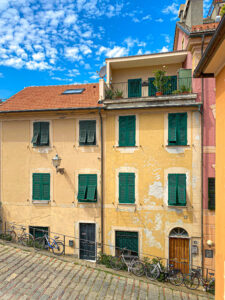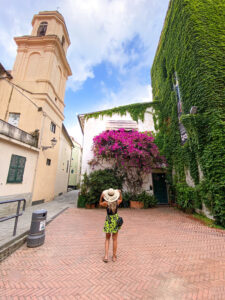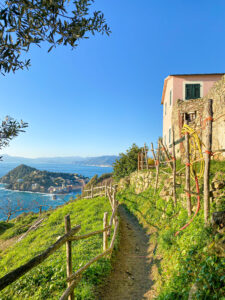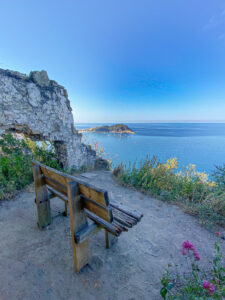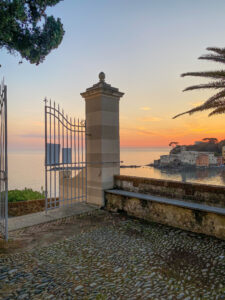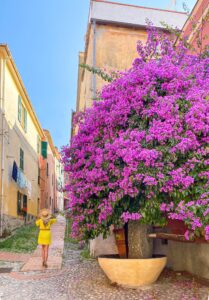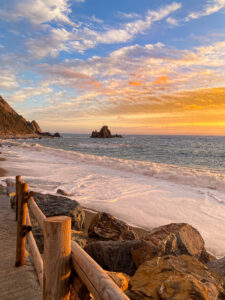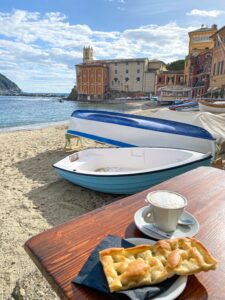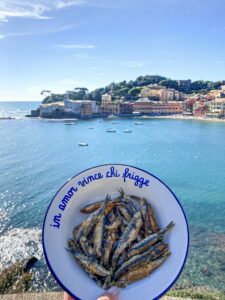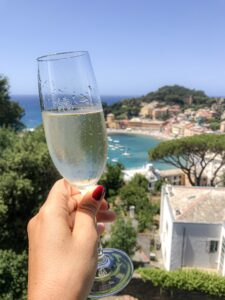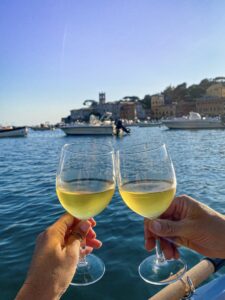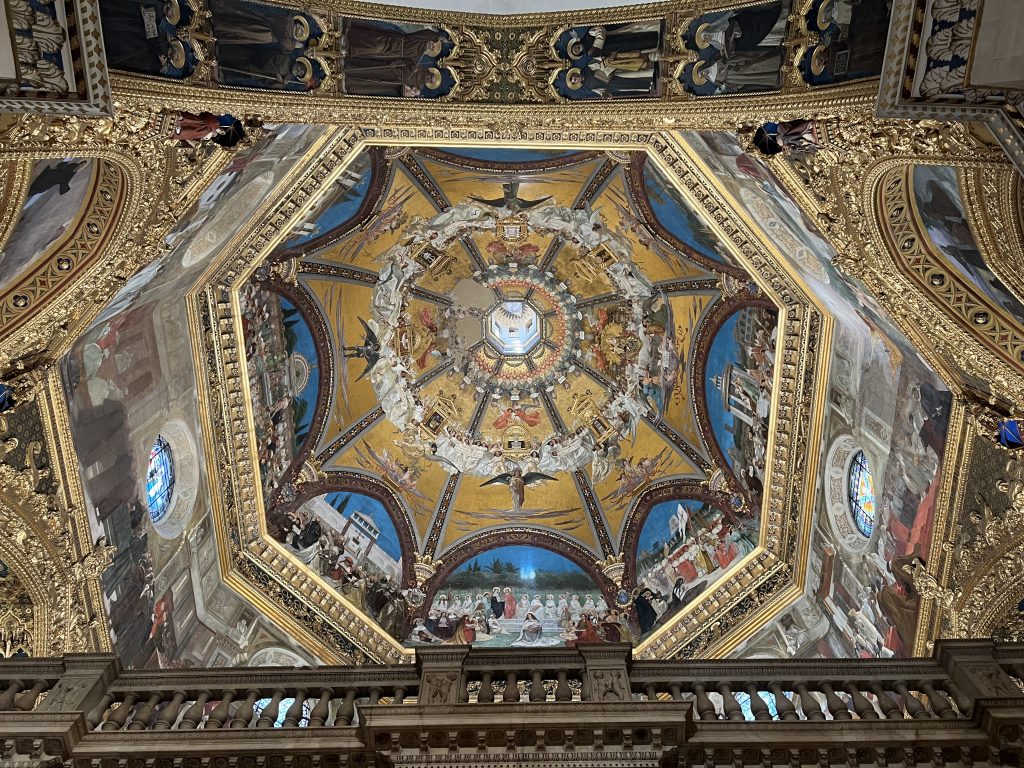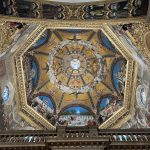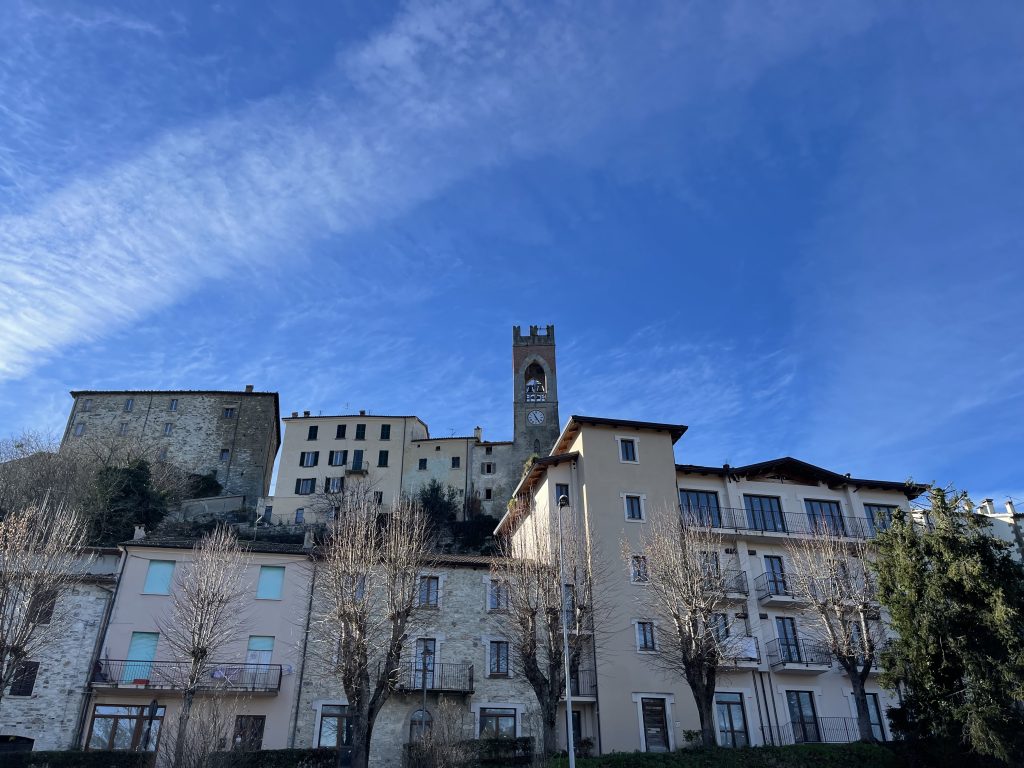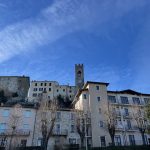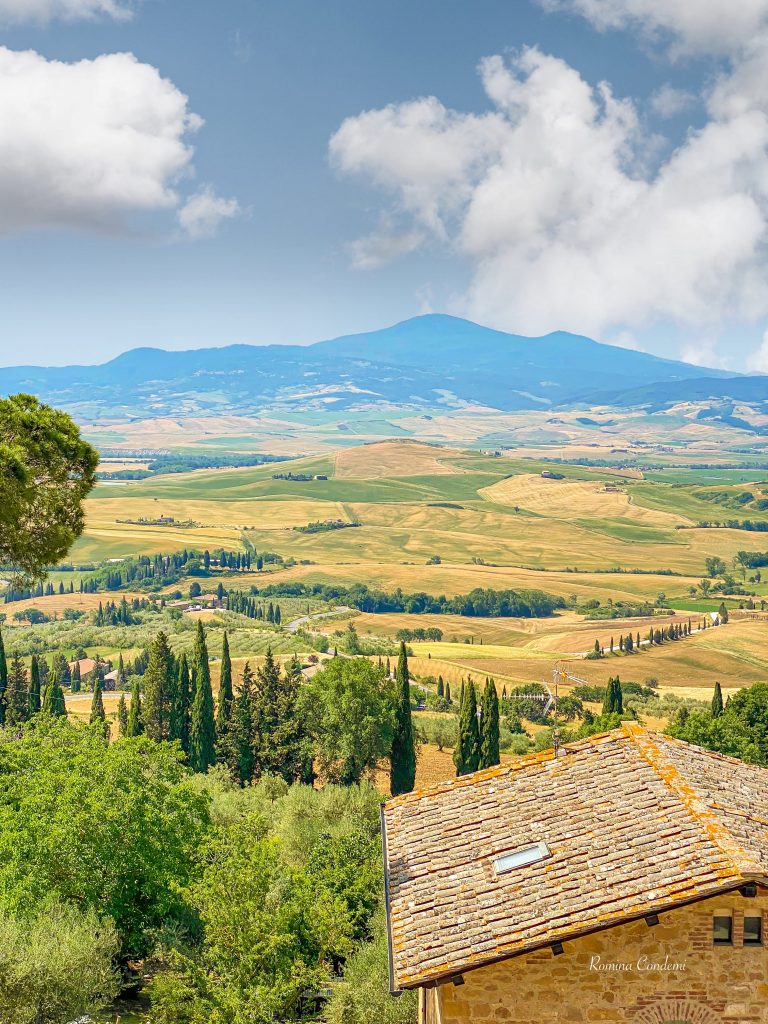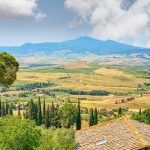Sestri Levante is a village rich in history and culture, famous for the particular morphology of its territory which has always been a source of inspiration for poets and writers.
The historic center overlooks two bays, the Baia delle Favole and the Baia del Silenzio, divided by an isthmus that joins the promontory, called “peninsula”, to the mainland.
Precisely for this the writer Hans Christian Andersen, who visited Sestri Levante in 1833, renamed it “the city of the two seas”.
The Bay of Silence, also called Portobello, owes its name to Giovanni Descalzo, a writer born and lived in Sestri Levante, who poetically defines it in 1919.
The “peninsula”, the oldest part of Sestri, is characterized by creuze, paved streets that rise from the sea to the hills, and alleys with suggestive names flanked by typical Ligurian houses, tall, colorful and leaning against each other to take advantage of the little Free space.
Here the historic center is called “carugio” and is distinguished by its palaces with painted facades, some enriched by magnificent slate portals dating back to the medieval age. A pretty but little-known corner, squeezed between the Church of San Pietro in Vicoli and the sixteenth-century Torre dei Doganieri is the Piazzetta named after Dina Bellotti, known as “the painter of the Popes”, who loved Sestri and stayed there for a long time during the Twentieth century.
Sestri Levante is not just the sea: some paths depart from the center that allow you to take panoramic itineraries surrounded by nature.
The most famous is certainly the path that leads to Punta Manara passing by the house that between 800 and 900 gave birth to the “postman of Kandinskij”, a young postman who also delivered correspondence to many foreigners who were staying in Sestri Levante in those years. in search of the sun, the sea and healthy air.
Among these in December 1905 there was a couple of artists: a Russian named Vassilij Kandinsky and his young partner, a German named Gabriele Munter.
They were staying at the Grande Albergo and at that time he painted a picture representing two Leudi, typical Ligurian boats, swinging in the sea of the Bay of Fables: it was Fishing boats, a painting currently exhibited at the Guggenheim Museum in New York.
Continuing on you arrive at Punta Manara, a magnificent promontory overlooking the sea that extends between Sestri Levante and the hamlet of Riva Trigoso.
A small detour along the route allows you to reach a place perhaps less touristy but well known to the Sestresi and called the “Ciappa du Lu” (the stone of the wolf), a flat rock at the foot of the promontory; a somewhat wild place and now not very popular but which in the 1960s even housed a restaurant renowned for its fresh fish dishes. Among the customers, who arrived by sea, there were also famous personalities of the jet set of the time. The path that leads to the Rocche di Sant’Anna is also beautiful, an evocative and panoramic set of ruined stones that make up the remains of the Church of Sant’Anna del Salto, whose origins are lost in time, between history and legend. The church, probably dating back to the 15th / 16th century, in a position particularly exposed to atmospheric agents and soon damaged by rains and winds, gradually fell into abandonment after the construction, in 1805, of the Napoleonic coastal road. The bench among the ruins of the church is wonderful, perfect for admiring the sea and the surrounding villages overlooking the coast, up to Portofino.
Another privileged point of view is offered by the churchyard of the Capuchin church, along the Salita della Mandrella: from the square in front of the building the gaze sweeps between the two bays and lingers on the peninsula.
From up here the sunsets are priceless, with the sun illuminating the houses of Portobello and then diving into the sea.
The hamlets of Sestri Levante are also pretty, such as the village of Trigoso, a few kilometers from the city center. It is wonderful to walk among its creuze, overlooked by colorful houses with clothes hanging as the Ligurian custom dictates, to spend time with some lonely cat and admire the beautiful vineyards of the surroundings.
Also worth a visit is the suggestive Renà beach, which owes its name to the nearby fishing village, with the Asseau rock that rises not far from the coast.
But after seeing so much beauty we also think about satisfying the palate.
Here, breakfast is served with focaccia “pucciata nel cappuccino”, even better if you have a sea view. Perfect the one that can be enjoyed sitting at the tables of the Bar Cutter, in Portobello.
And why not try a nice fried anchovies?
The anchovy is the basis of many local dishes such as the fish soup called Bagnun, who is also a dedicated festival which takes place in July in the village of Riva. The aperitif with a view par excellence is the one offered by the panoramic Hotel Vis a Vis, from the hotel terrace the view is unique and embraces the whole town of Sestri.
During the summer season, the “aperitif in the lifeboat” organized by Ittiturismo Bistrò Mare cannot be missed: a glass of their wine, the Eroico, the calm waters of the Bay of Silence and Paradise is served.
In Naples with Sartoria Nomade
Romina Condemi
 Romina, who has always been Ligurian, loves everything related to the territory, its history and tradition. Teacher, graduated in Conservation of Cultural Heritage and specialized in History of Contemporary Art, she uses social media to promote art and historical heritage artistic but also to enhance the beauty of the landscape and the pleasures of the table. You can easily meet her in front of the sea while she photographs one of her “dishes with a view”
Romina, who has always been Ligurian, loves everything related to the territory, its history and tradition. Teacher, graduated in Conservation of Cultural Heritage and specialized in History of Contemporary Art, she uses social media to promote art and historical heritage artistic but also to enhance the beauty of the landscape and the pleasures of the table. You can easily meet her in front of the sea while she photographs one of her “dishes with a view”

